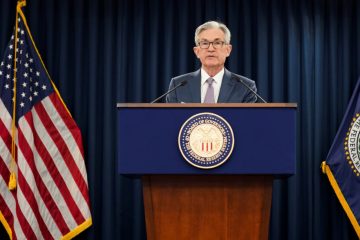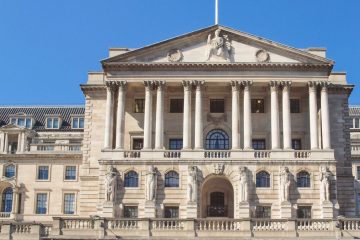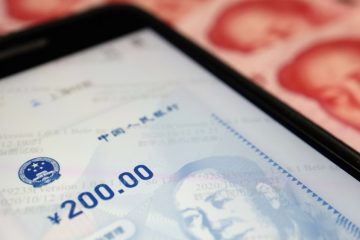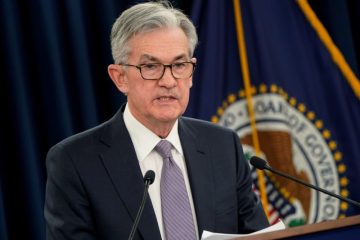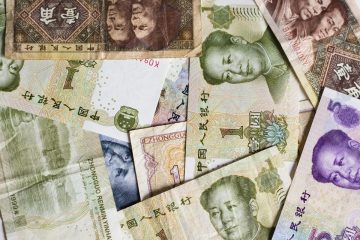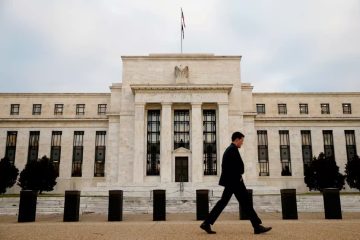Rupee rose 6% against dollar in 2017: Is it good for economy, markets?
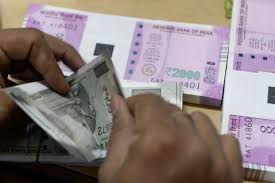
The recent outperformance of the rupee raised many questions regarding its effects on the country’s trade balance. If the rupee strengthens relative to currencies of other countries with which India competes for a share of the export market, it hurts our export competitiveness adversely as our exports (priced in foreign currency) become relatively more expensive.
At the same time, as rupee strengthens it reduces the landed costs of imports and therefore there is a threat of domestically manufactured goods being replaced by cheaper imported substitutes. This hurts domestic industries i.e. local manufacturers.
According to the Balassa Samuelson framework, if the appreciation of the rupee is accompanied by productivity gains which lower the domestic cost of manufacturing, then those gains would offset the adverse impact of currency appreciation.
However, the major reason behind rupee strength has been the inflow of hot money (chasing yields) into domestic debt and equity markets and this leaves us vulnerable to the adverse effects of currency appreciation.
It is unlike some of the other Asian economies (Asian economic miracle) where growth was fuelled by rising exports on account of improvement in productivity that in turn resulted in their currencies appreciating.
Exports account for 20 percent of India’s annual GDP. Services exports account for roughly 56 percent of country’s total exports. While differentiated services’ demand may not be elastic to currency movements, undifferentiated services’ demand such as ITES/BPO/KPO certainly is.
Most Indian IT companies hedge 2-3 quarters’ exposures in advance and if currency continues to appreciate beyond that time frame, earnings in rupee terms do start taking a hit as effective revenue realization takes place at a lower rate.
Among goods, textiles, pharma and auto ancillary sectors are especially vulnerable to a strengthening rupee as the margins are wafer thin and cost of switching is low for buyers abroad.
For example, Indian textile industry faces stiff competition from Bangladesh, Vietnam and Pakistan and Indian spices, tea and coffee face competition from Sri Lanka.
While the Indian rupee has appreciated close to 6 percent year to date (YTD), Bangladeshi Taka, Pakistani Rupee and Sri Lankan Rupee have only appreciated 2.3 percent, 0.5 percent and 2.2 percent, respectively.
As far as imports are concerned, India imported roughly USD 60 billion worth of goods from China. Our trade deficit with China was USD 50 billion in 2016 (while it was just USD 10 billion back in 2010).
Rupee has appreciated around 6 percent YTD while the Yuan has appreciated only 3 percent. If the rupee continues to appreciate against the Yuan, there is a risk of trade deficit further widening with China.
Earlier there were ways and means by which the government could protect the interest of exporters and domestic manufacturers.
For example, government extended sops to exporters in the form of cheaper financing, by running various export promotion schemes such as duty drawback, extending tax breaks etc. However, now these means are limited as India is a signatory to the WTO, which entails gradual phasing out of such sops.
The government can mitigate the threat of cheap imports flooding domestic markets through import tariffs such as increasing customs duty or imposing anti dumping duty but that too is viewed negatively by trade partners and is considered as protectionist.
FX intervention by the central bank i.e. the RBI can help curb rupee strength but the ability of the Reserve Bank of India (RBI) to intervene is constrained by the current surplus systemic liquidity situation and also there is a risk of trade partners labeling persistent intervention as currency manipulation.
Bringing down real interest rates is one of the factors that can discourage hot speculative money coming in. However, since India runs an overall trade deficit, if capital account flows also turn negative, it could put the balance of payments and rupee under pressure and stoke inflation.
Therefore, it is a very delicate balance that the central bank has to strike. Given the quantum of capital market inflows we have seen year to date, it would be apt to say that the central bank has managed the Rupee fairly well thus far.
By doing so, India’s FX reserve kitty has swelled to USD 393 billion. From exporters’ point of view focusing on productivity enhancement, product differentiation and hedging strategies is more important now than it ever was.
(Disclaimer: The author is Founder and CEO of IFA Global. The views and investment tips expressed by investment experts on moneycontrol.com are their own and not that of the website or its management. Moneycontrol.com advises users to check with certified experts before taking any investment decisions.)


